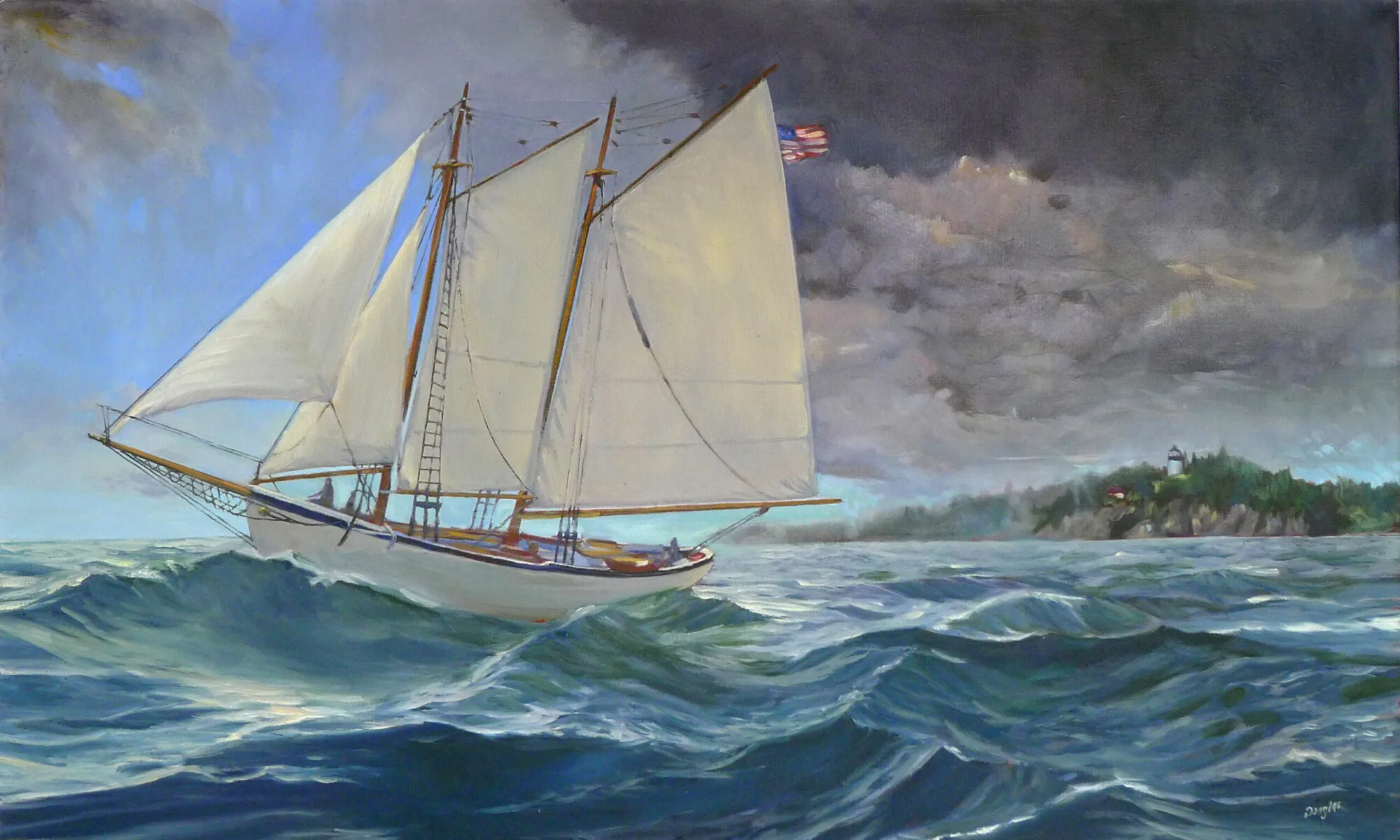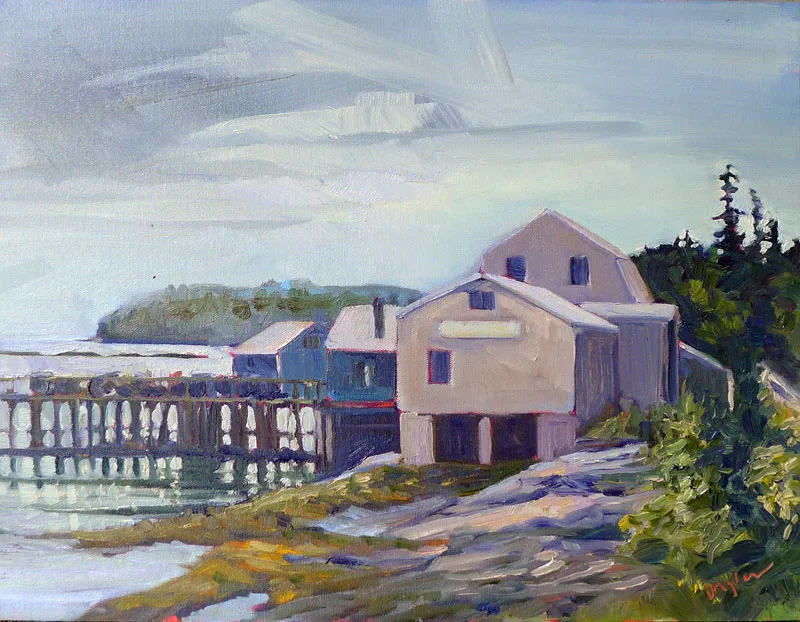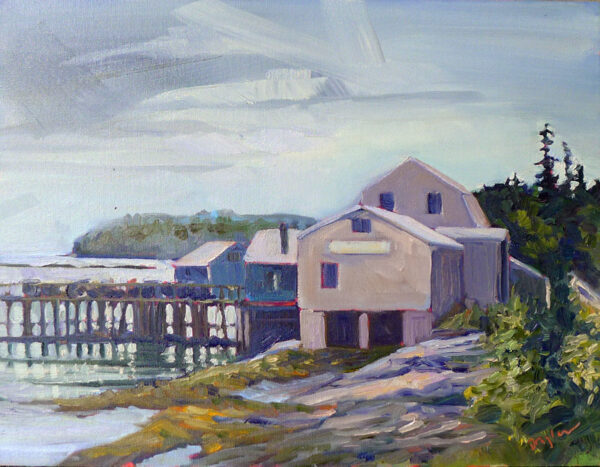
There’s an old saw that goes, “value does all the work and color gets all the credit.” I tend to not repeat it because value is just one aspect of color. It’s like saying ‘my arm hit that ball and my body gets all the credit.’ Nevertheless, it points out an essential truth.
A review, for those of you who are new to color science:
Value – How light or dark is the pigment?
Hue – Where does the color sit on the color wheel? All colors fall into one of the following hue families: red, orange, yellow, green, blue and violet. Within those families, however, are many subdivisions.
Chroma – How much intensity, or “punch” does the color have?
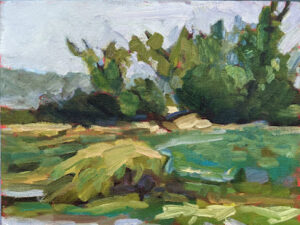
Value is the key player in our first reading of a painting. It drives our perception and guides us through the painting. When we understand this, we can substitute any hue in a painting—even unreal, high-intensity colors—as long as they’re the proper value.
The inverse is also sadly true. “I substitute off-value color and chroma for accurate value. Then, except for a couple spots of high-chroma yellow, I wonder why my paintings are flat,” a student told me. He took that observation and ran with it, painting only in greyscale for months.
That might be a little extreme, but preparatory work in value is important. If you've never tried value sketching before, start with this set of grey markers and a simple Strathmore Visual Journal (in Bristol finish). Practice simplifying complex scenes into simple value structures.
There are various ways to sharpen our focus on value: notans, value sketches, and grisaille underpaintings being the most popular. However we get there, the first step of a good painting is to see each composition in terms of its value structure.
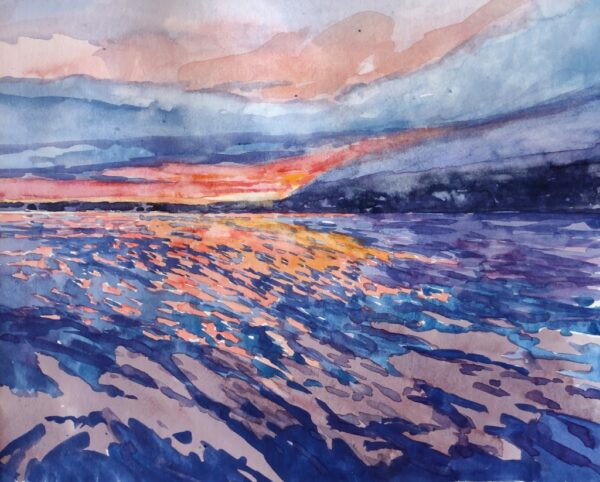
Alla prima painting requires great skill in color mixing, because the goal is to nail it on the first strike. That goes not just the for darks, but every color in the picture. Even a painting with wonderful shadows and lights will have many middle tones, often closely related in value. These are actually the most difficult colors to mix accurately. If you have a painting that isn’t working, ask yourself if it has a full tonal range, or is it simply hitting the highs and lows. For example, when people get in trouble painting texture, it’s usually because they’re overstating the contrast.
All color is relative, meaning it depends on its neighbors. That’s particularly true when it comes to value. Below see a plate from Joseph Albers’ groundbreaking Interaction of Color. The inner violets are the exact same value. But the framing color influences how we see those values, so one looks much lighter than the other.

There are three things to remember:
Value judgments are subjective. There’s no reliable way to measure the value of a color. The camera is as subjective as the human eye.
You can’t get a color to go darker than its ‘natural’ value without distorting the hue or chroma. Thus, there is no natural dark version of cadmium yellow, so the shadows in a yellow object require a workaround.
All pigments can make about the same number of discrete steps. While the yellows have a shorter range, the steps are more noticeable. Blues can mix from almost-white to almost-black, but the middle points are very similar.
This page contains affiliate links for some but not all products. If you choose to make a purchase after clicking a link, I may receive a commission at no additional cost to you. Thank you for your support!
